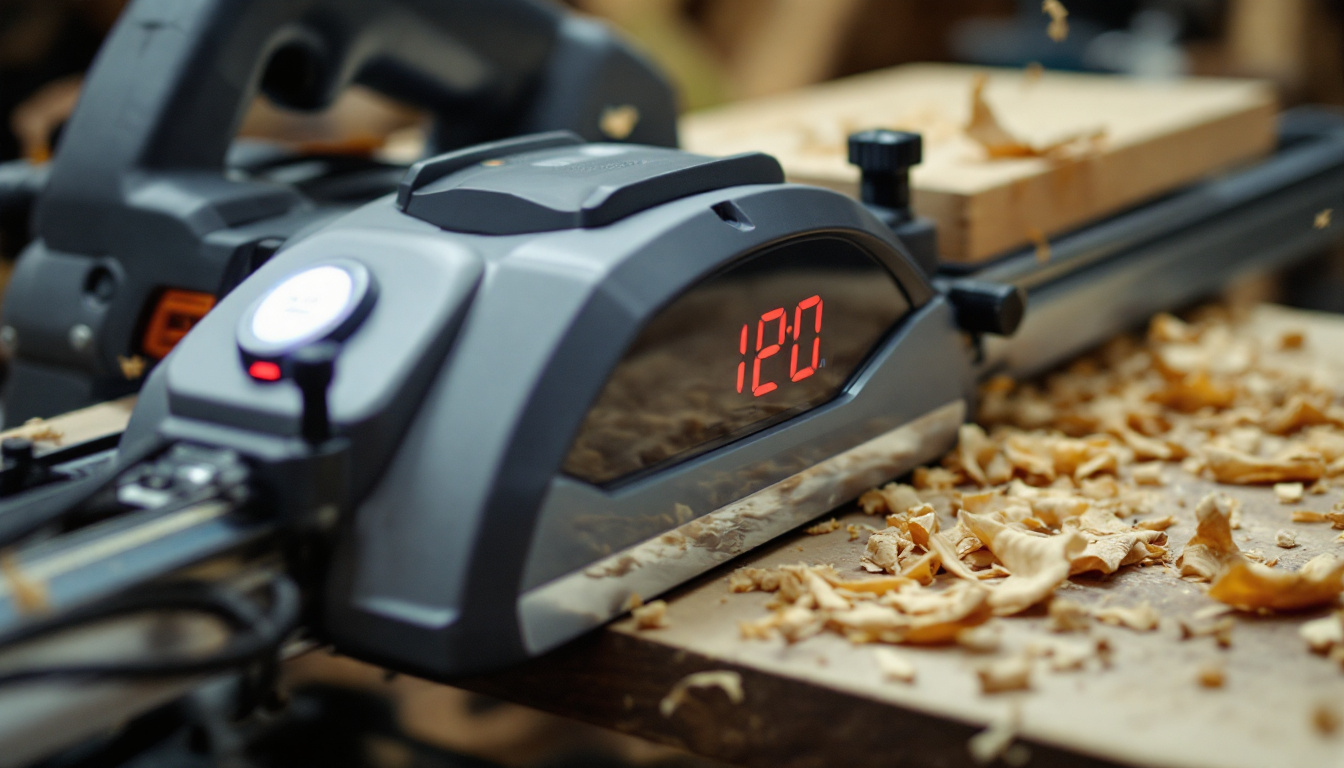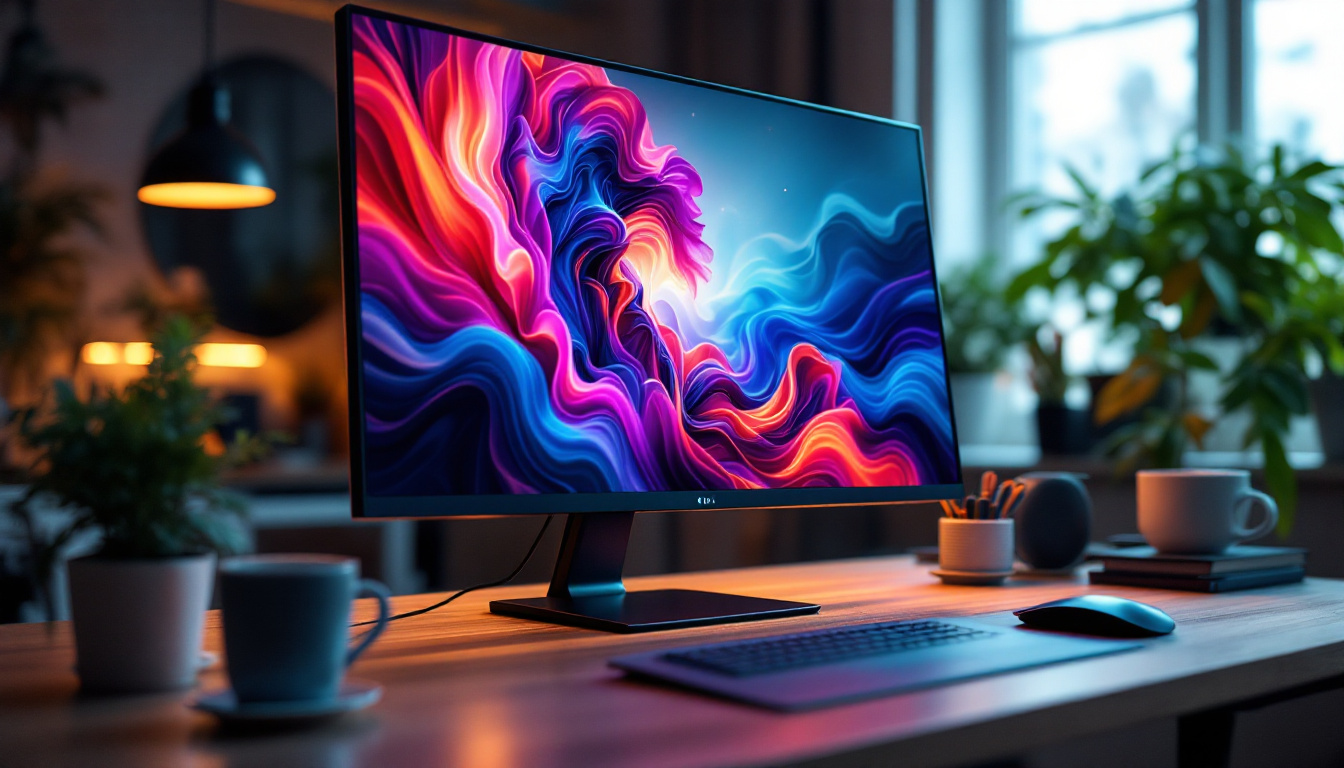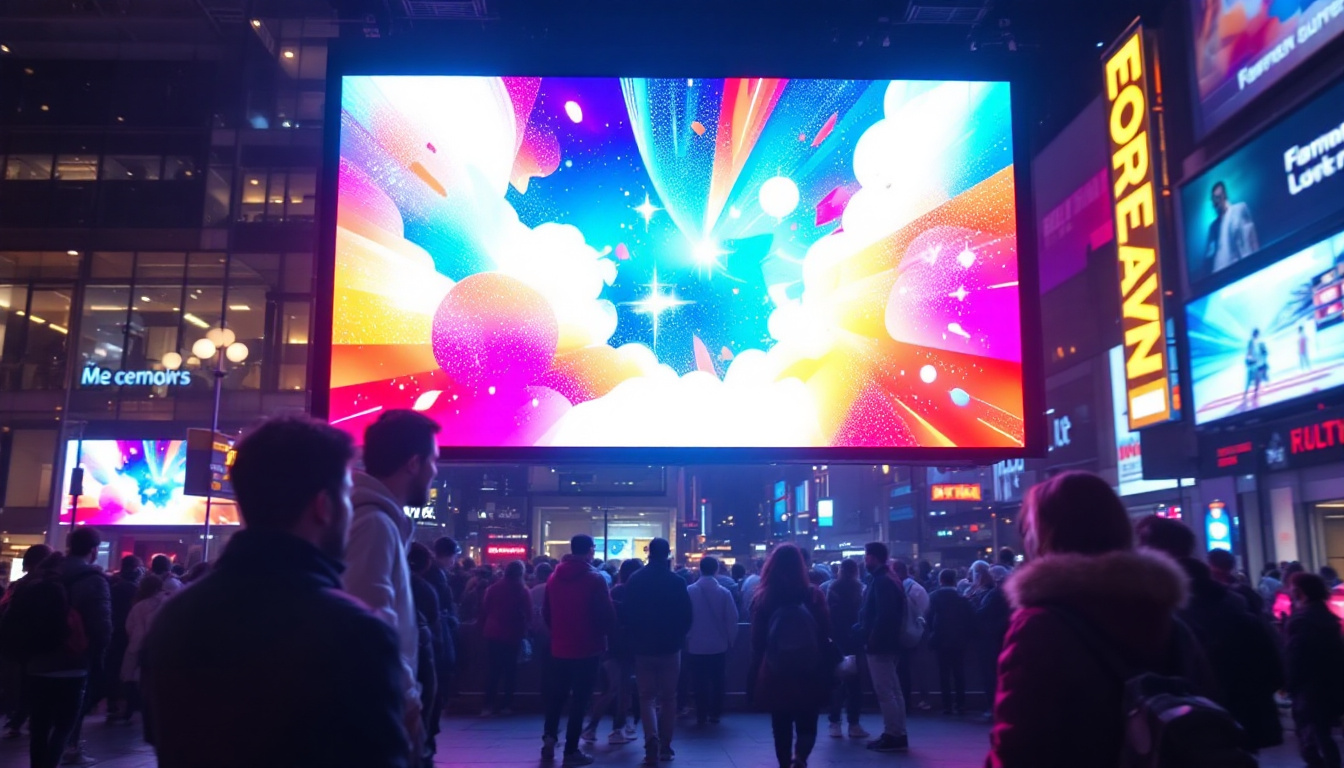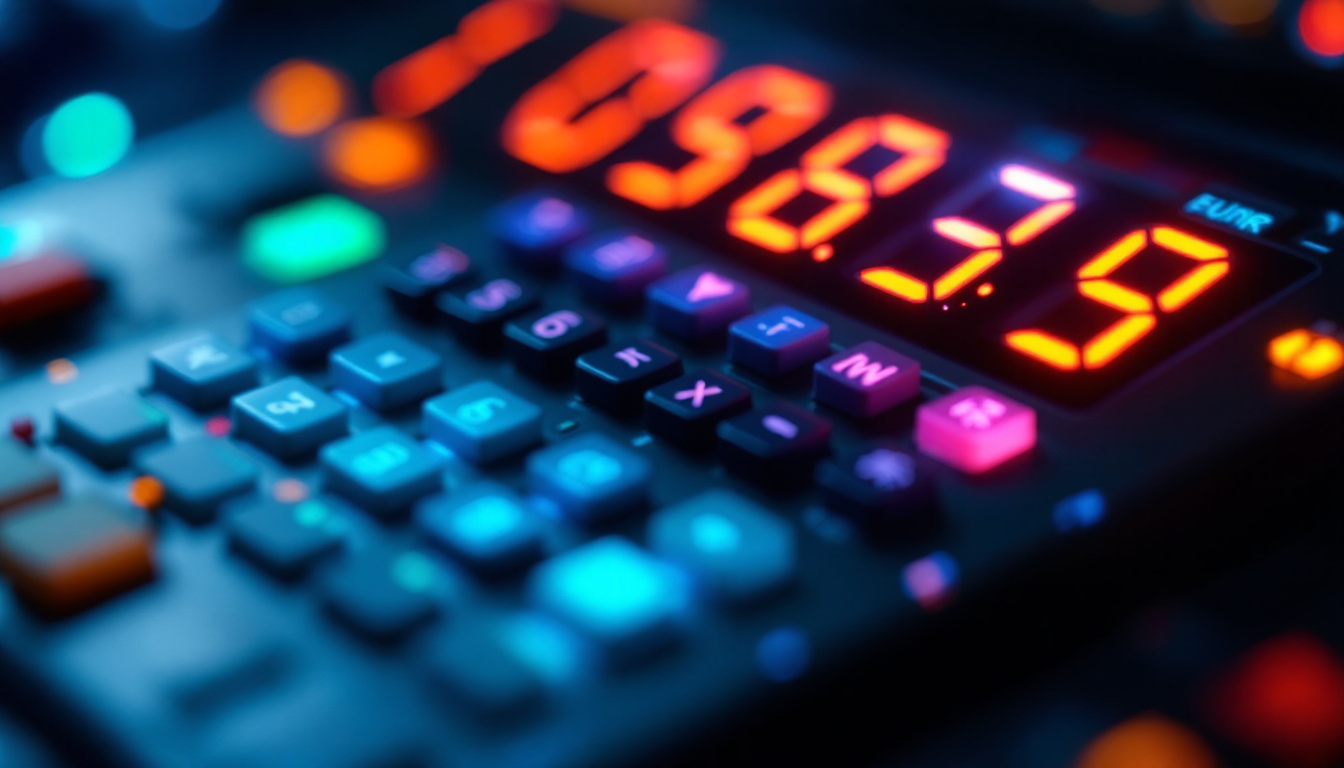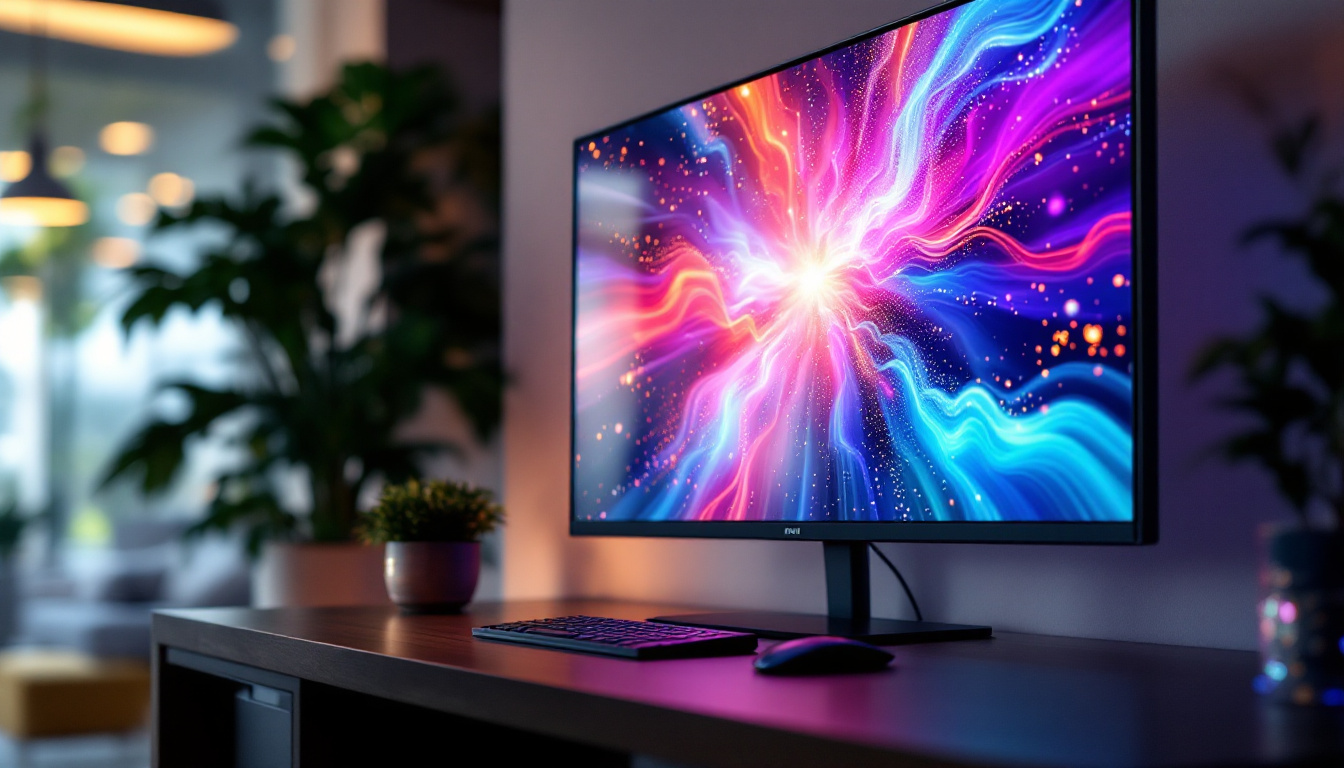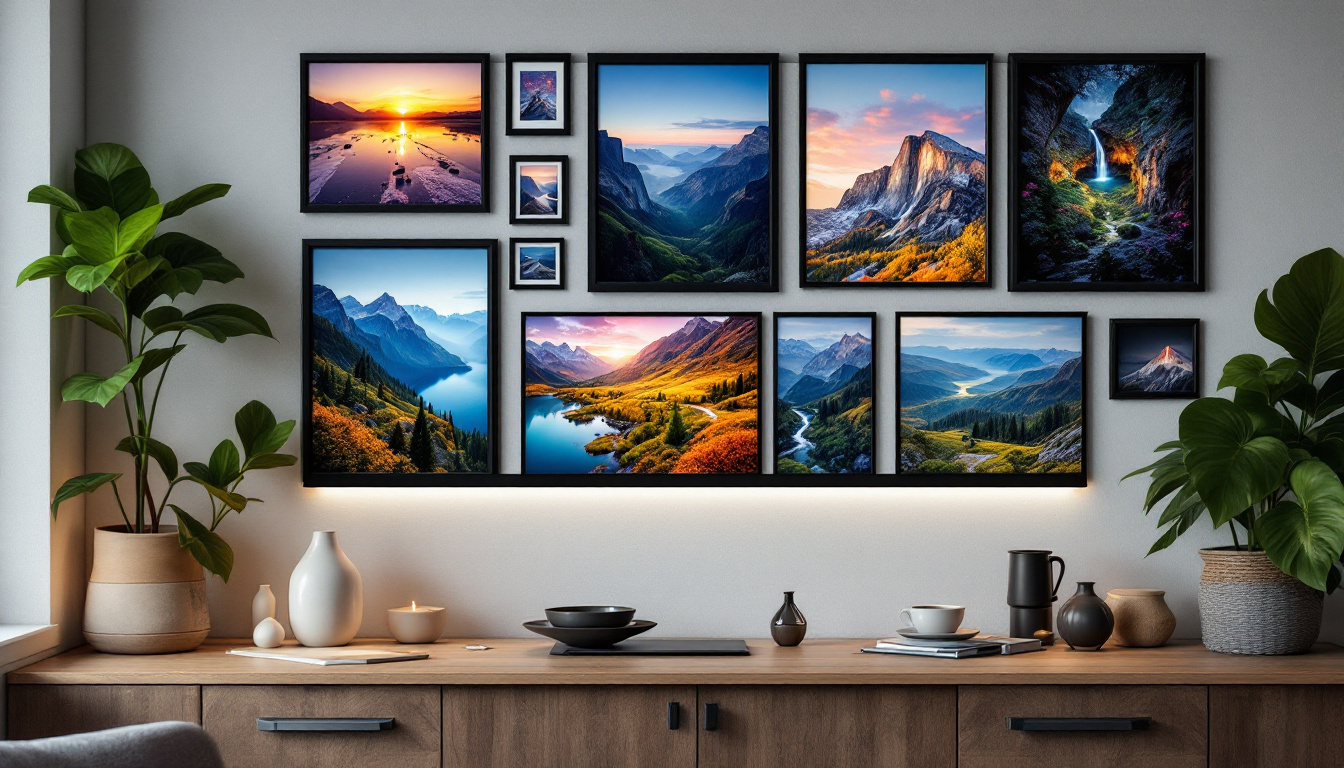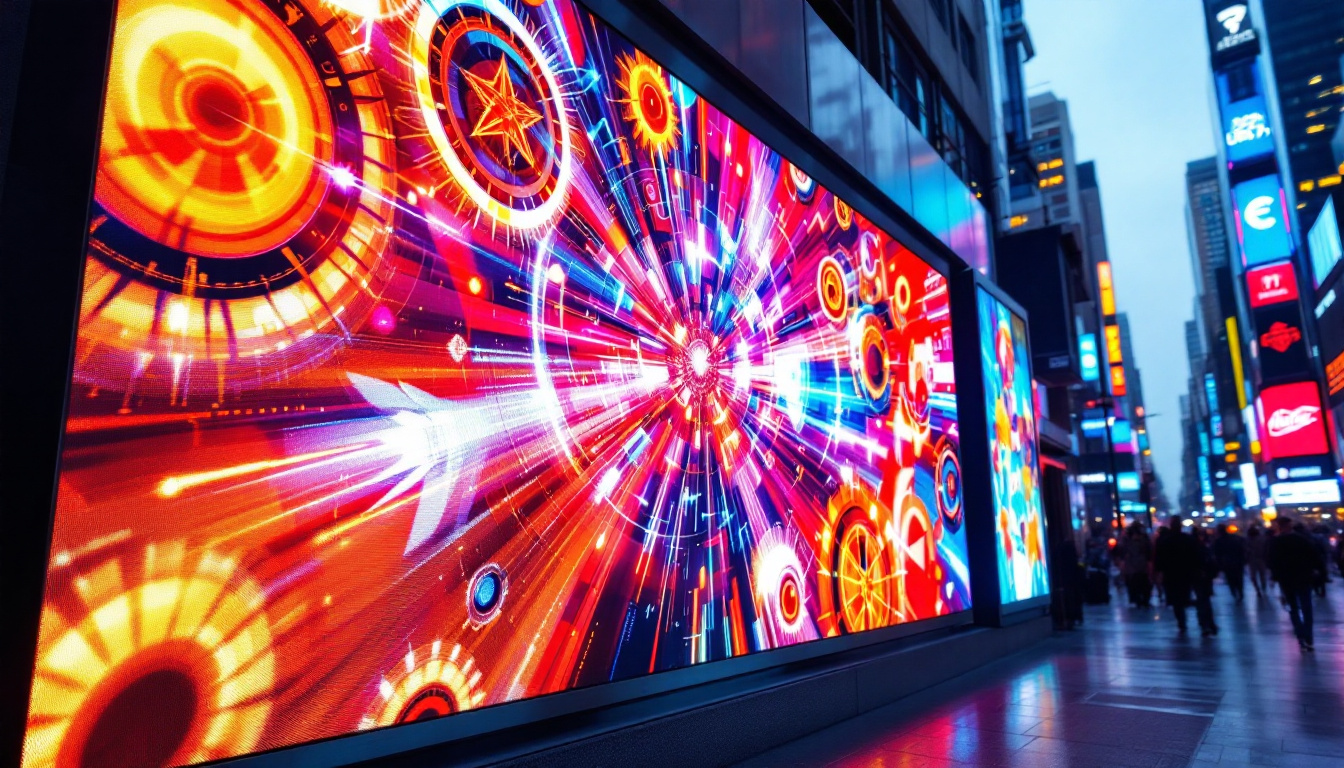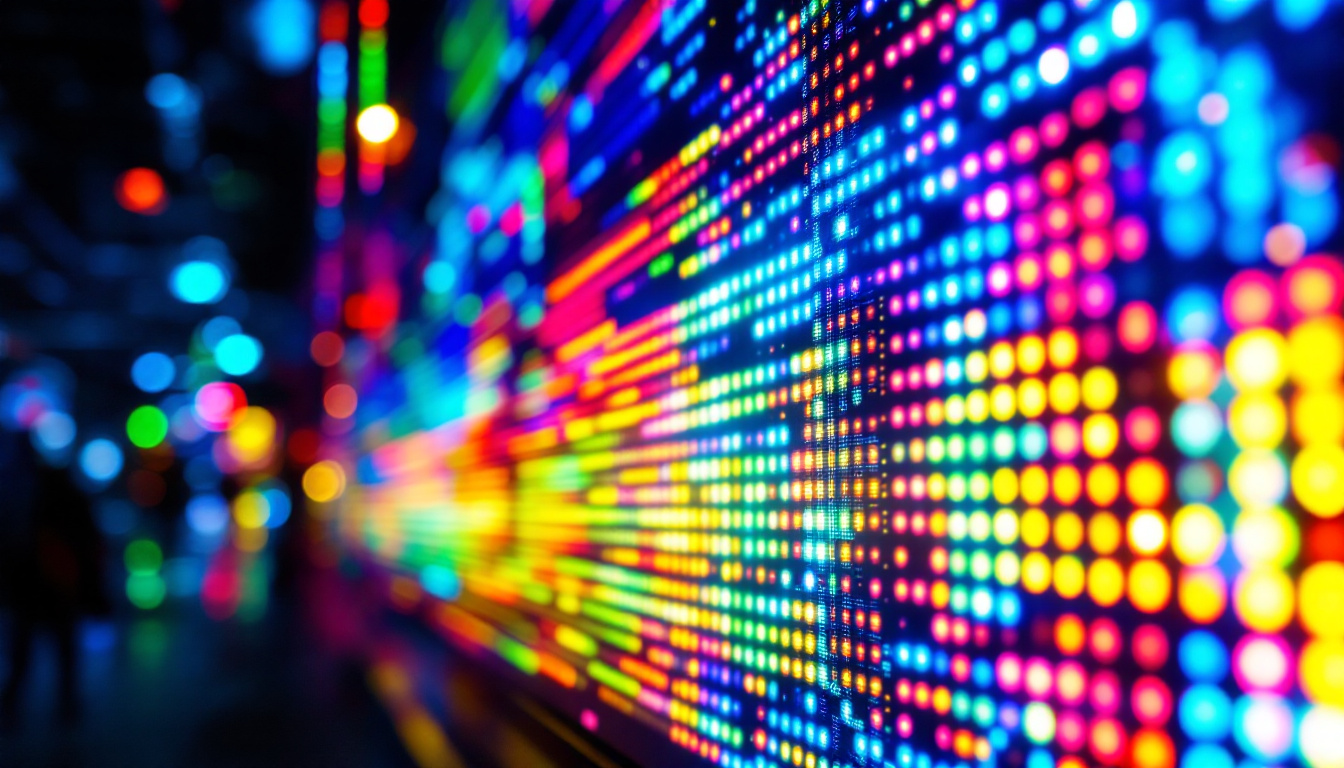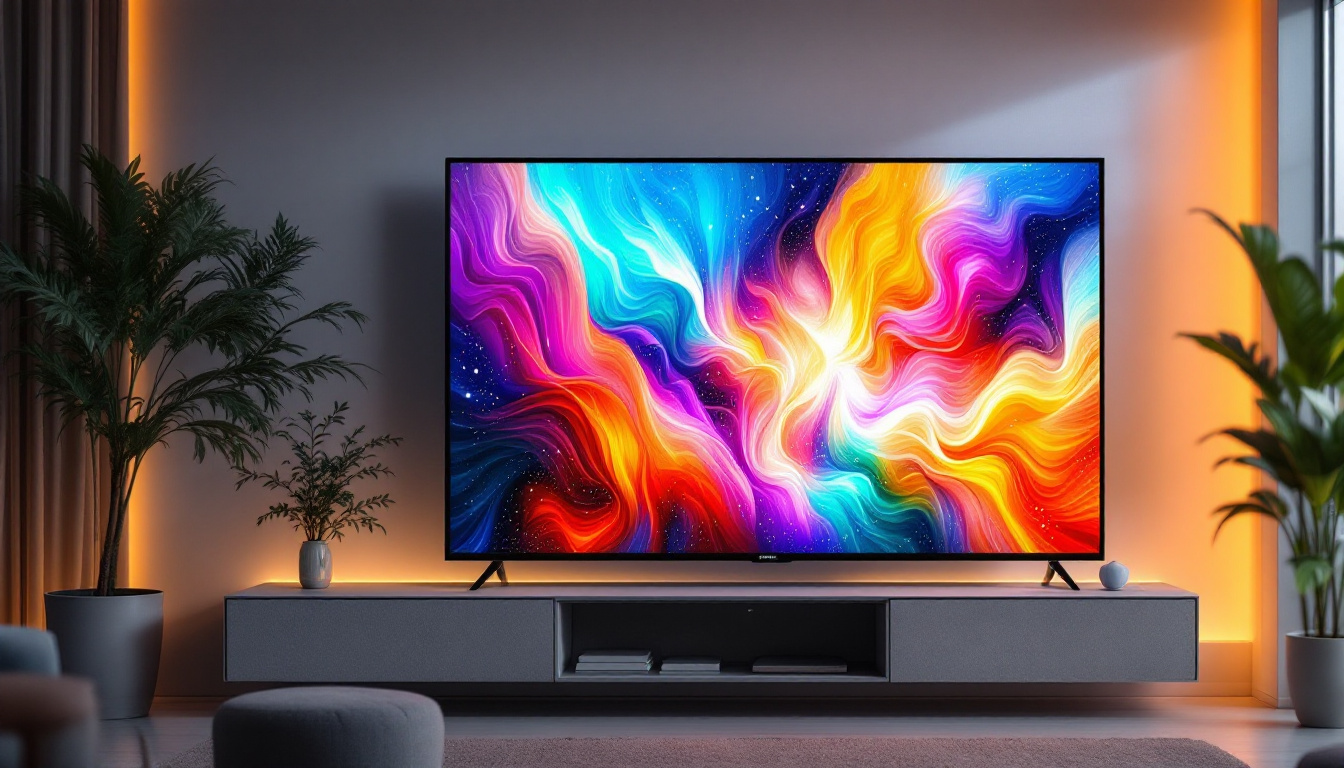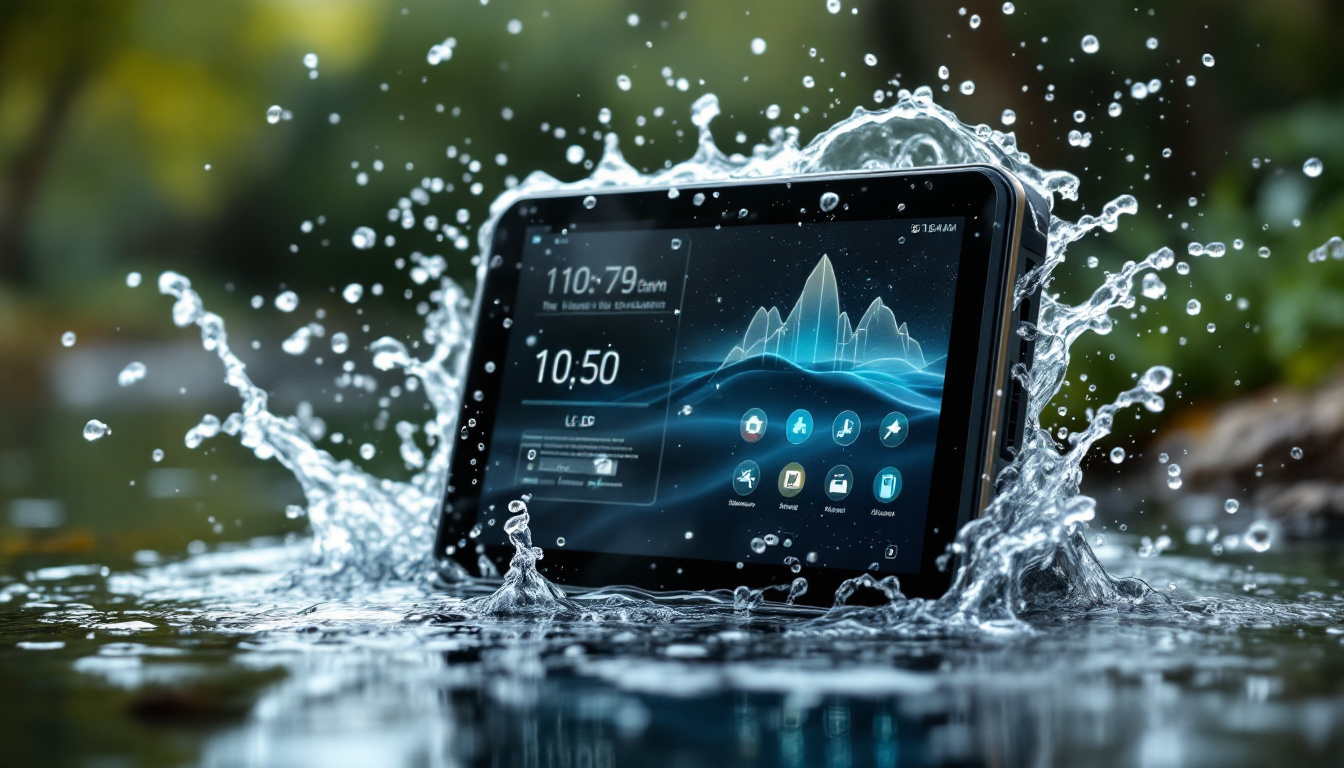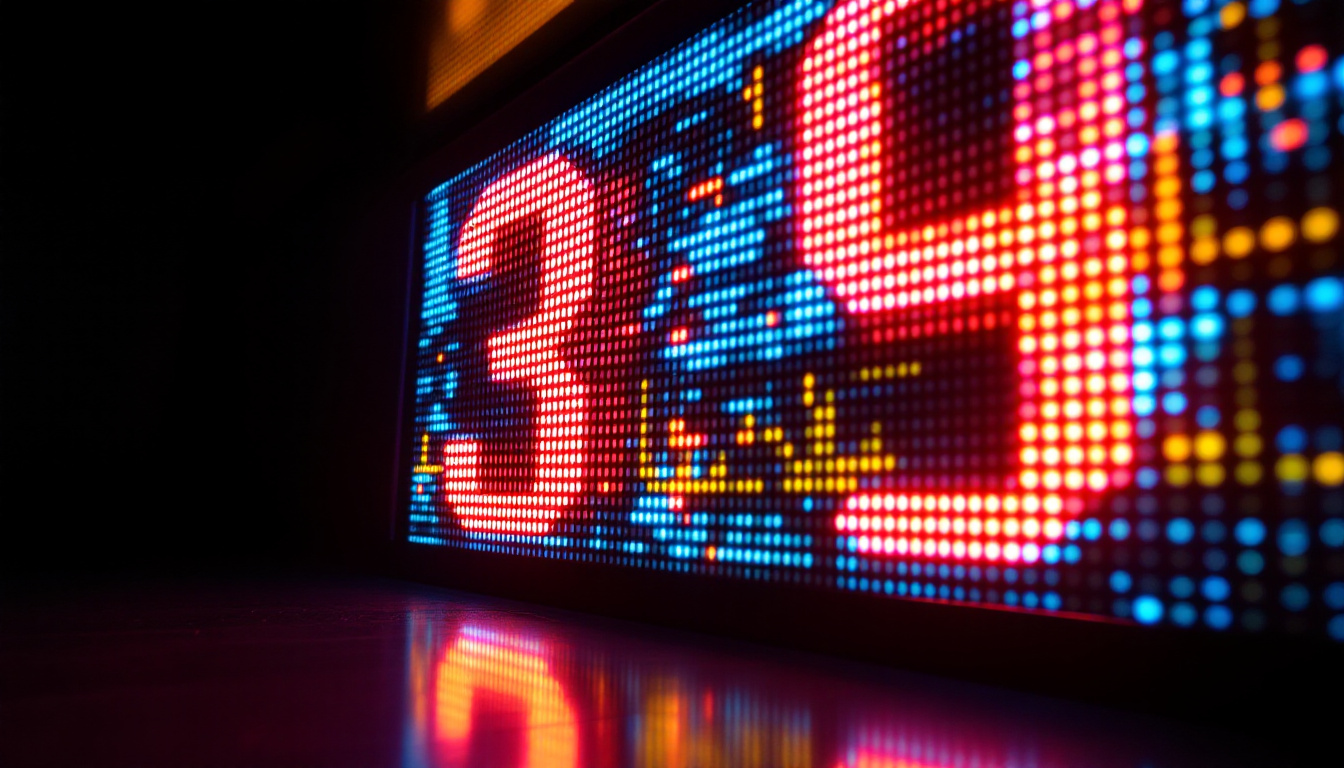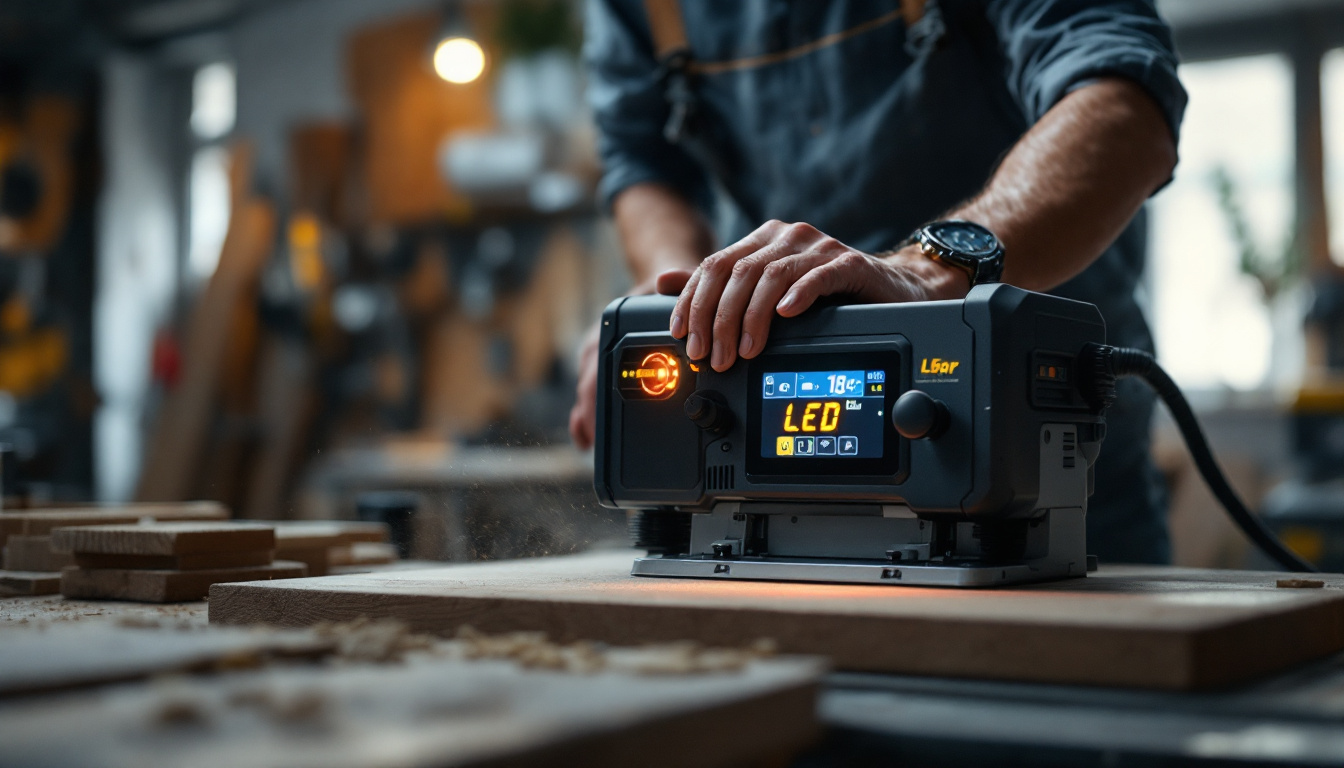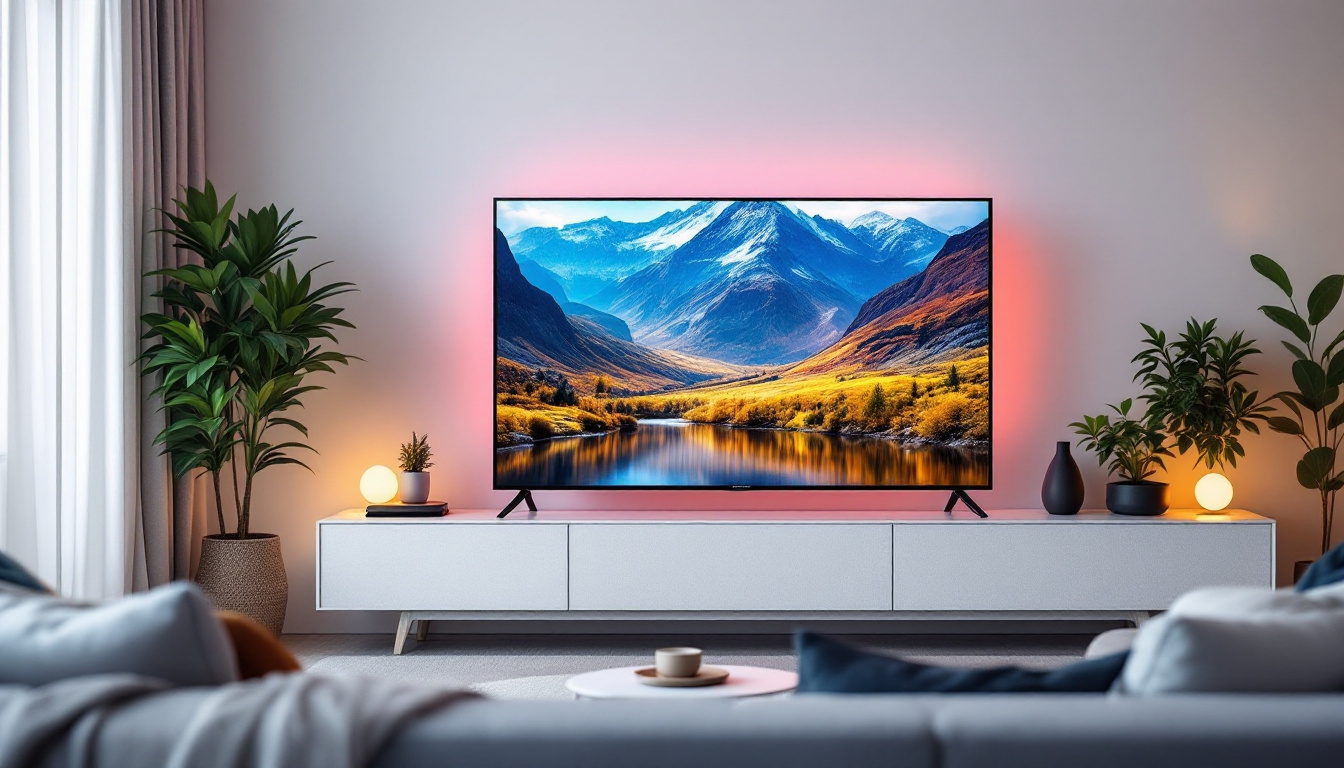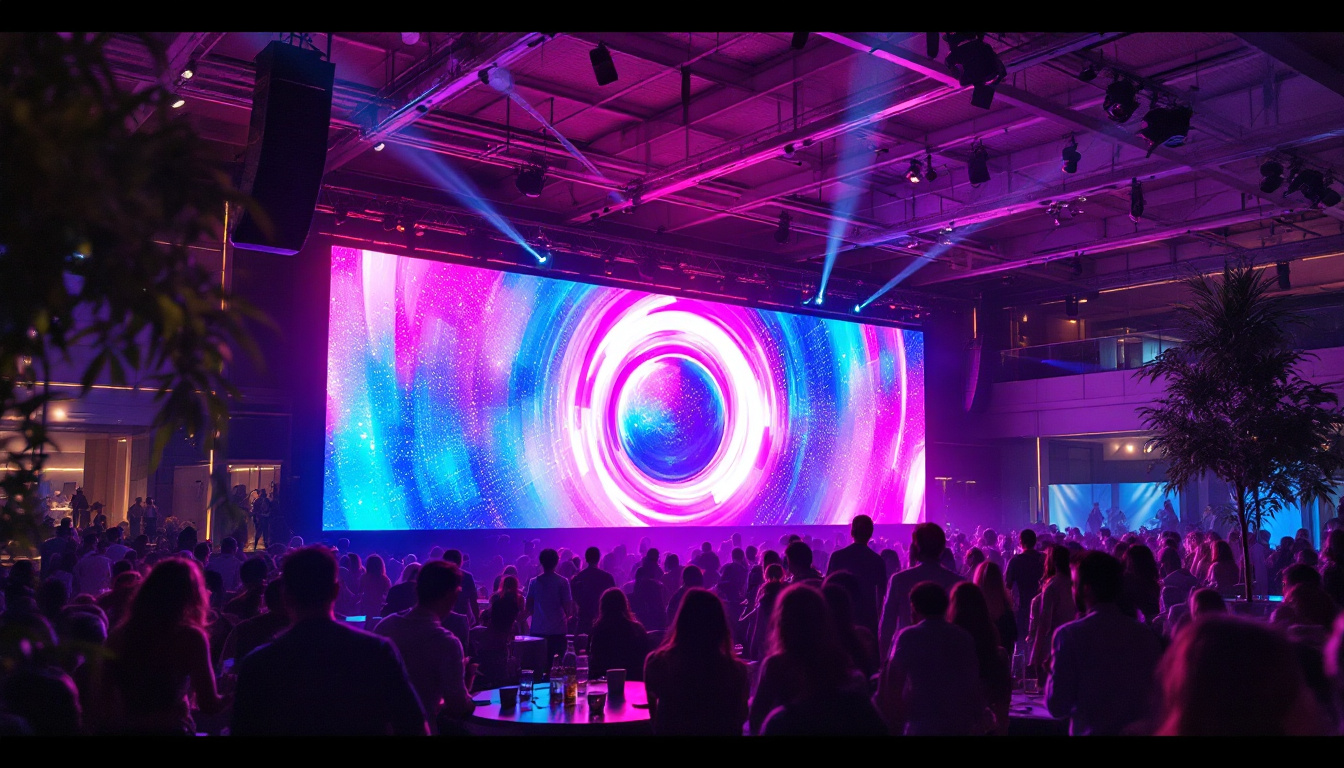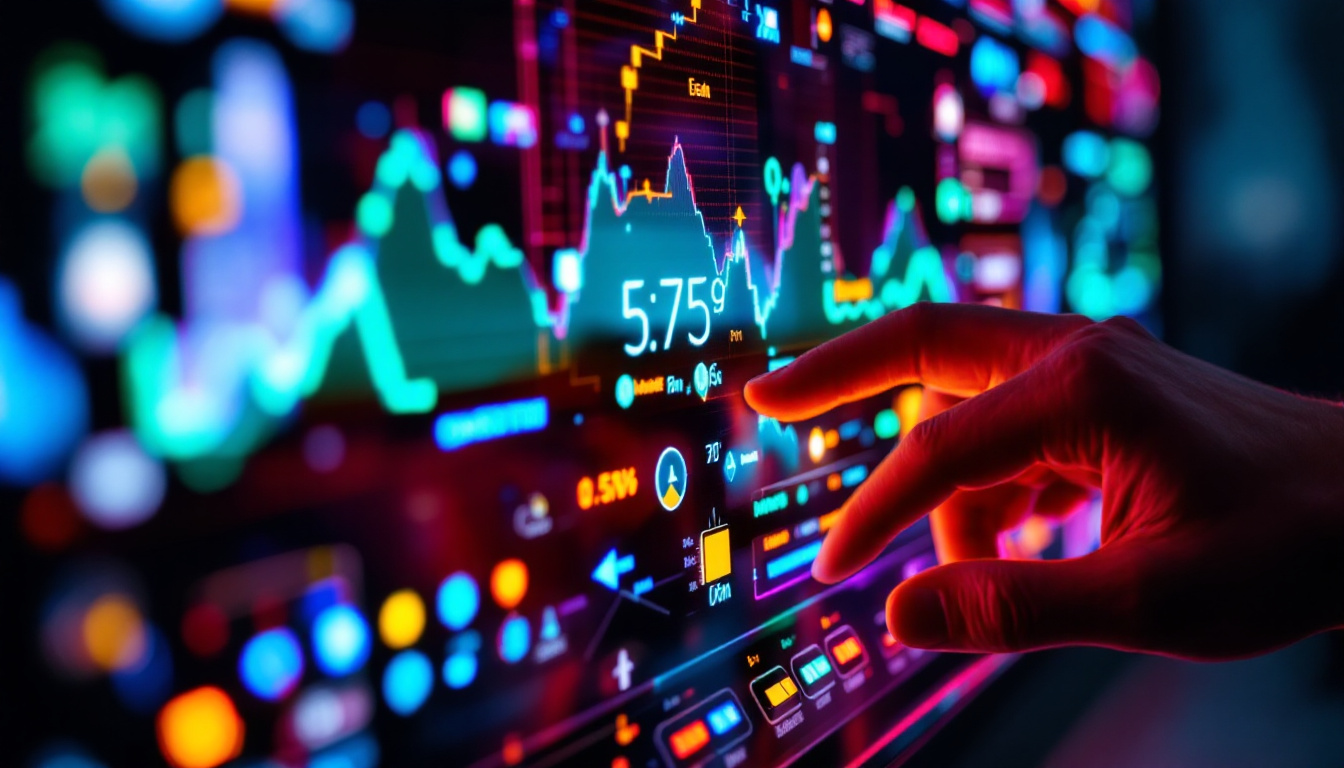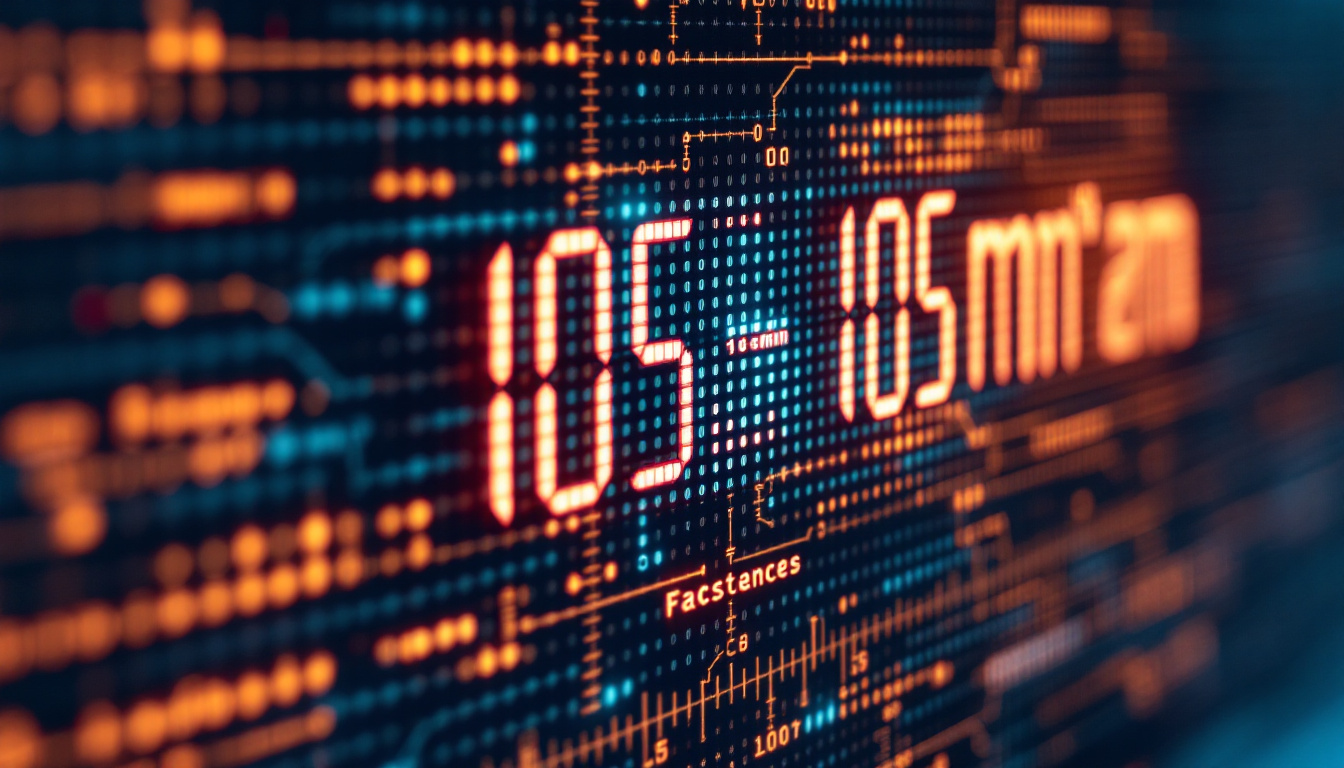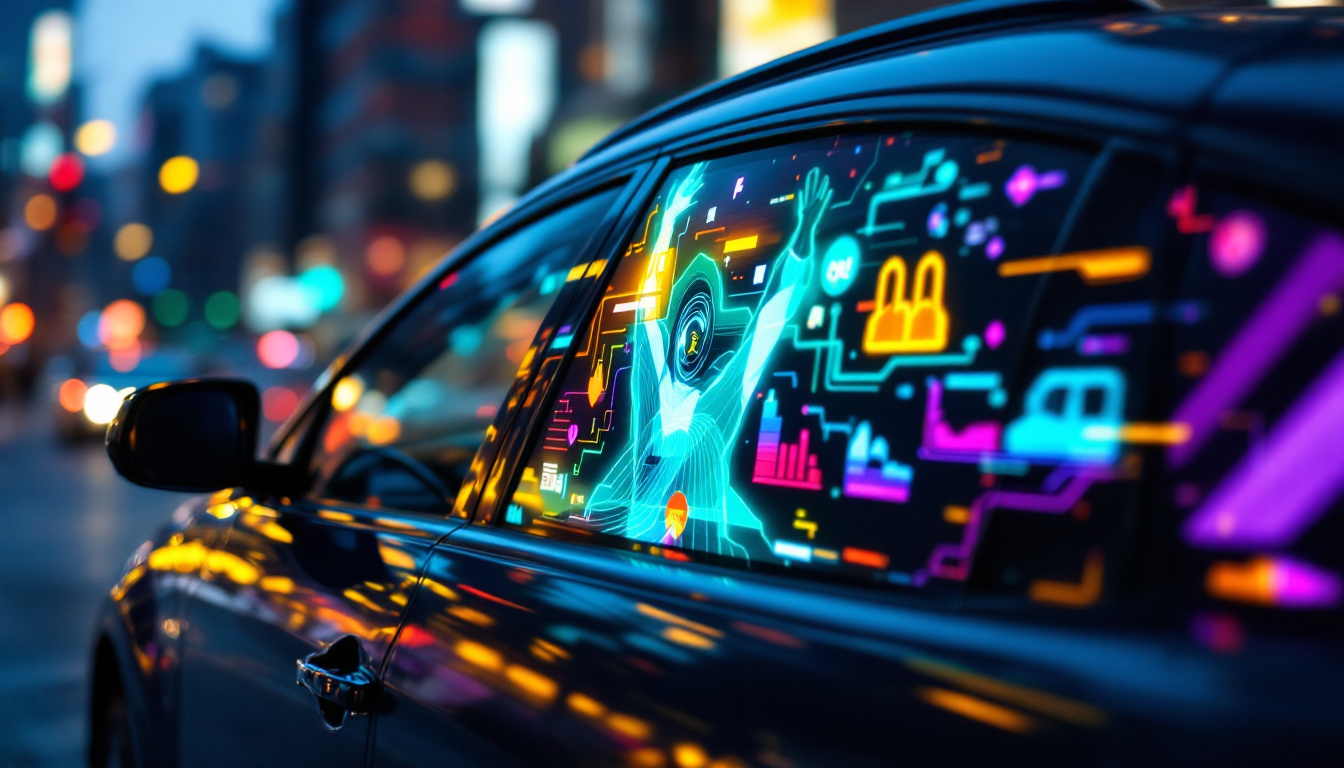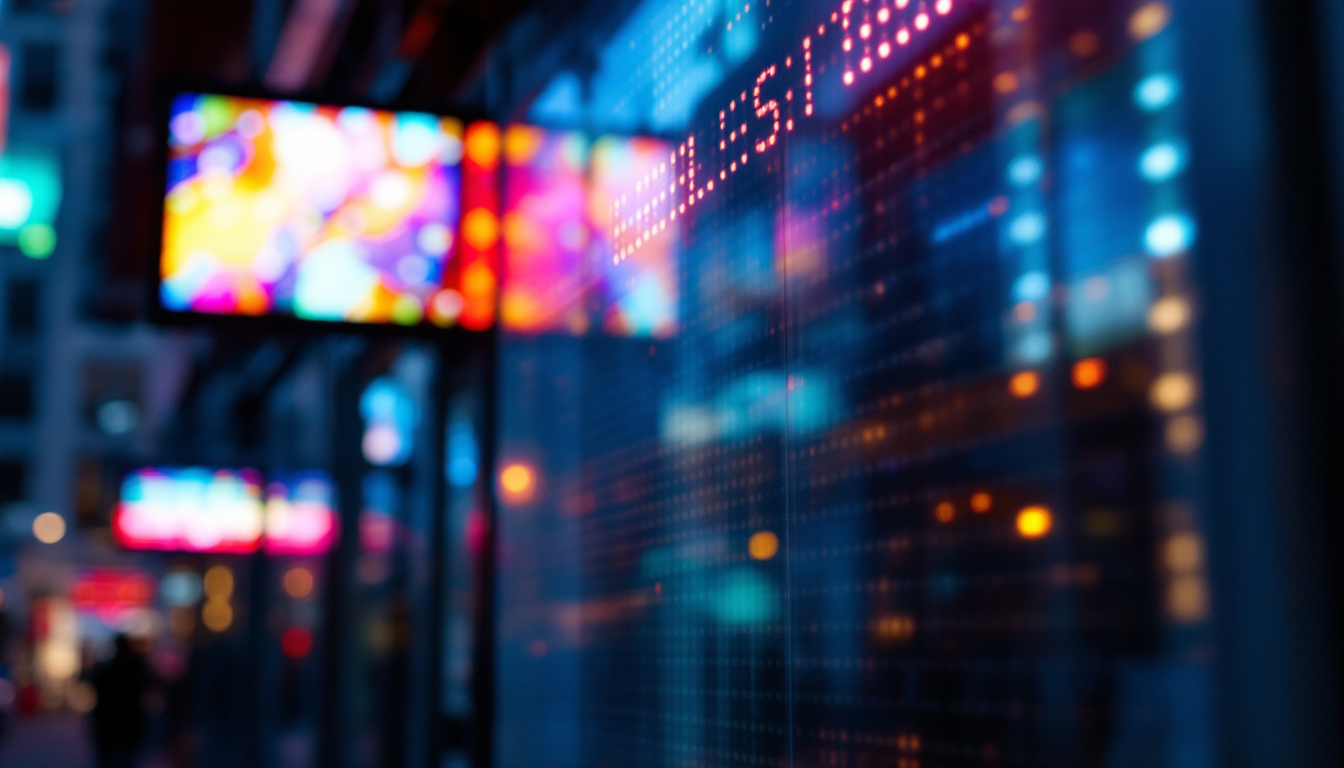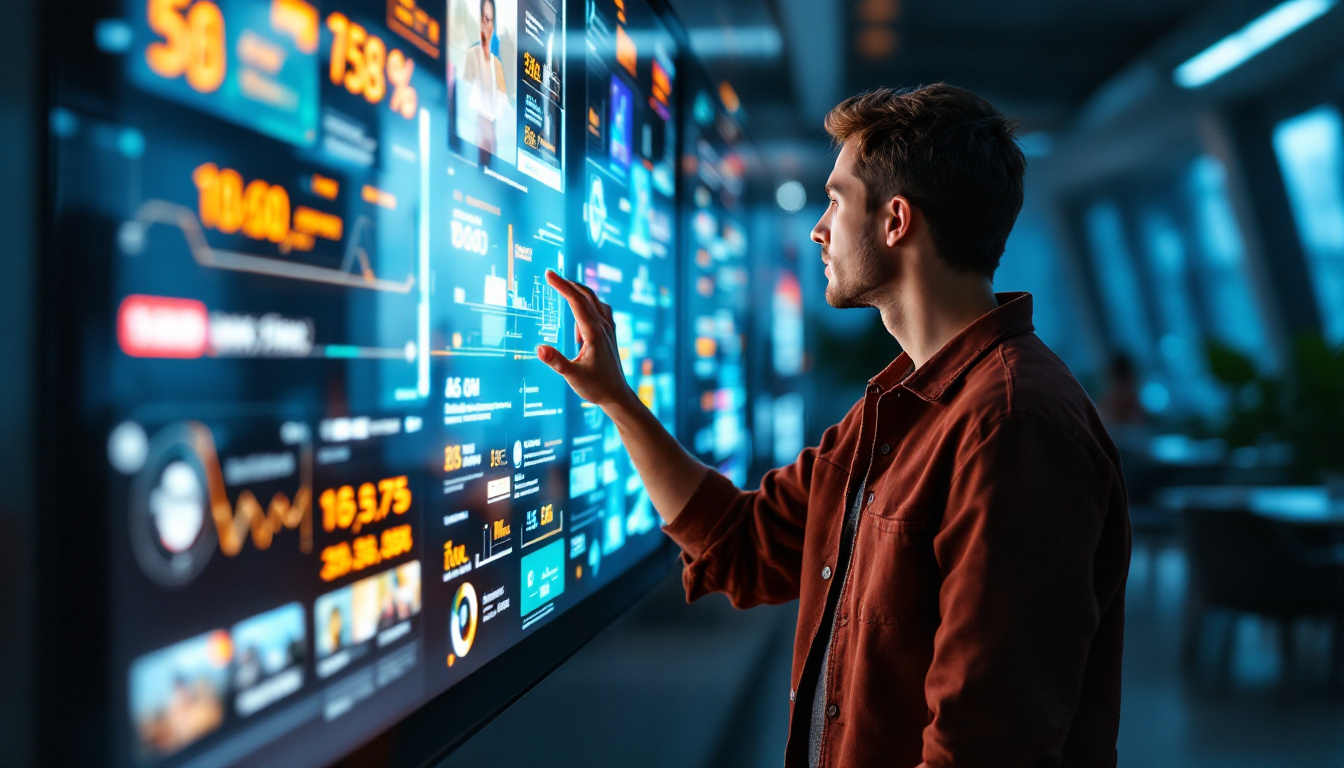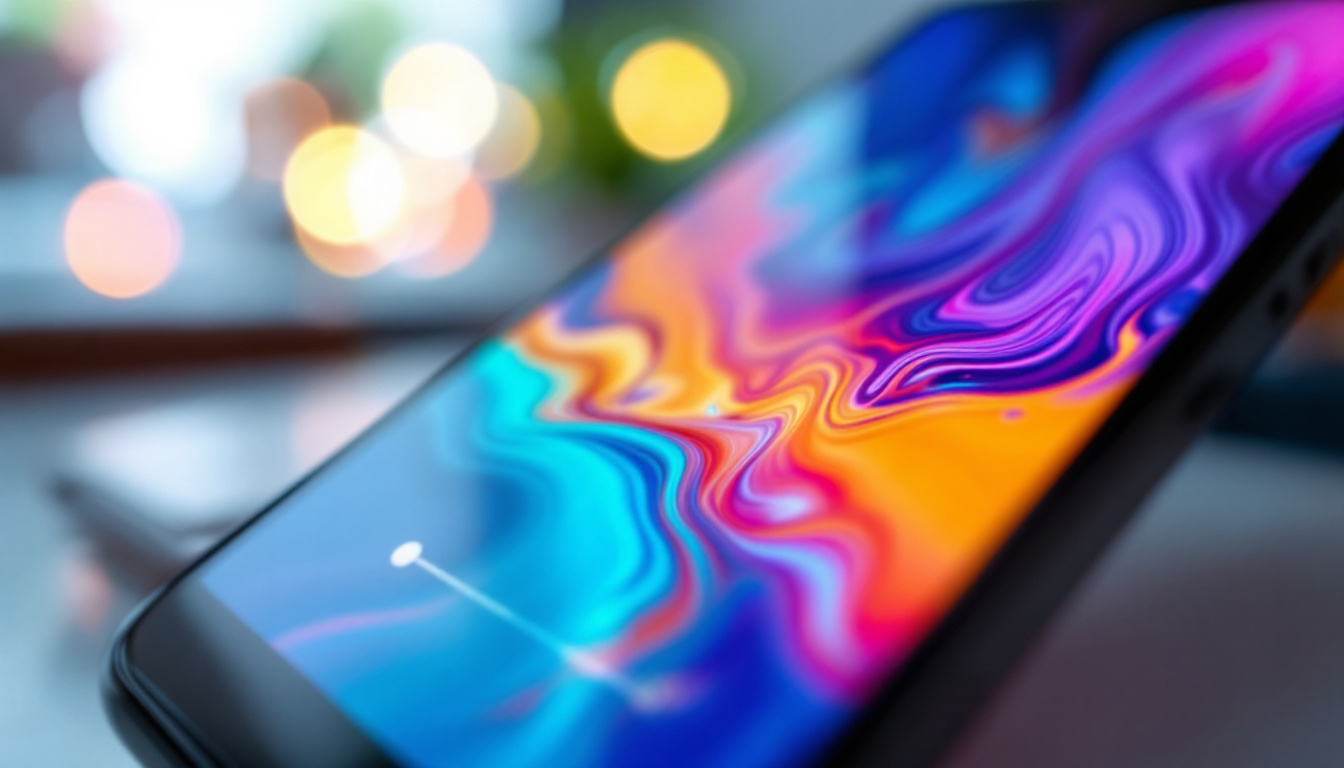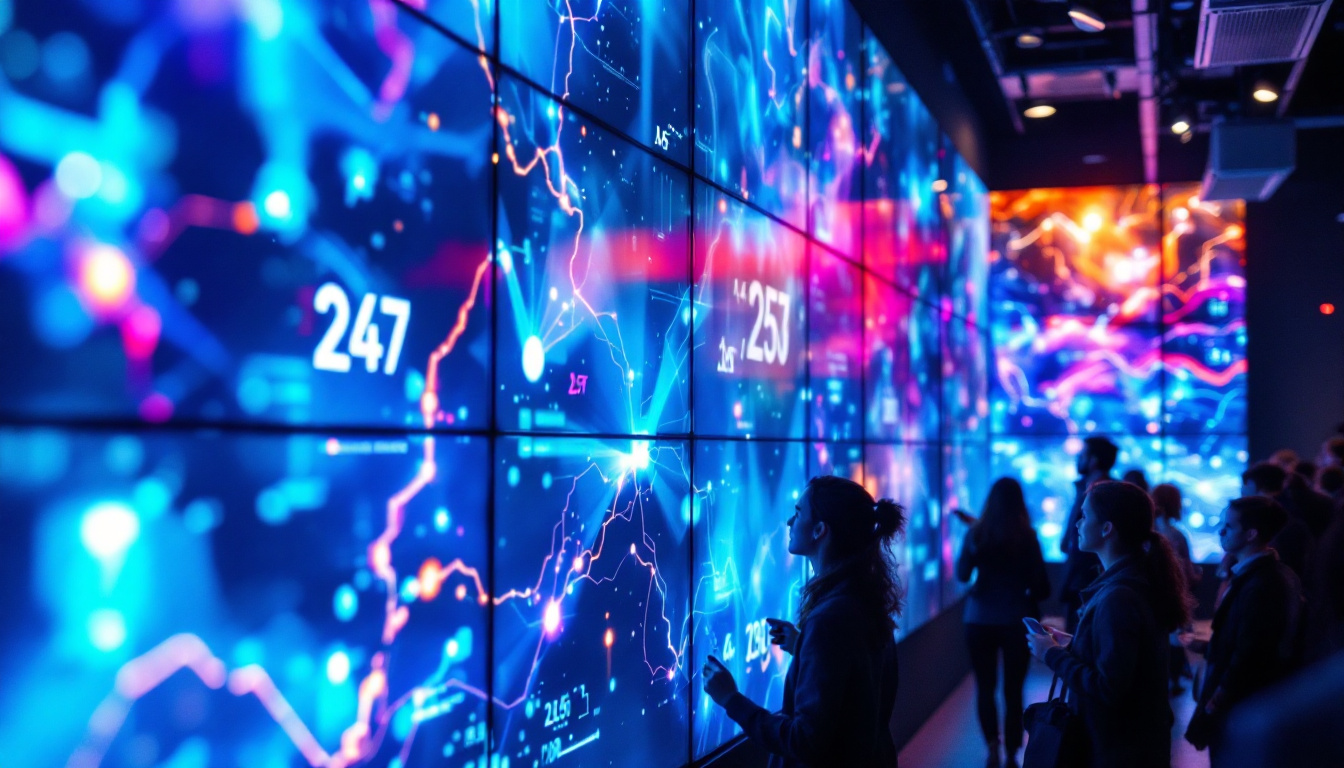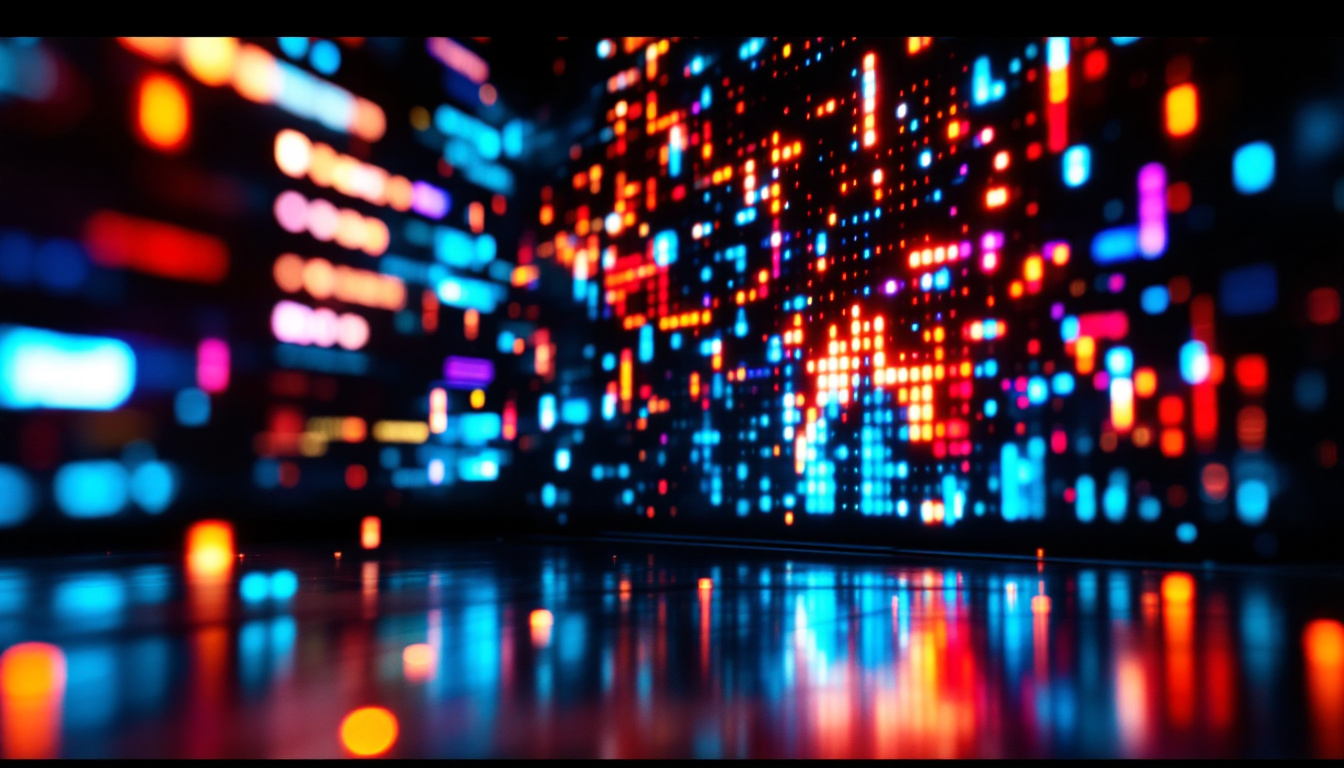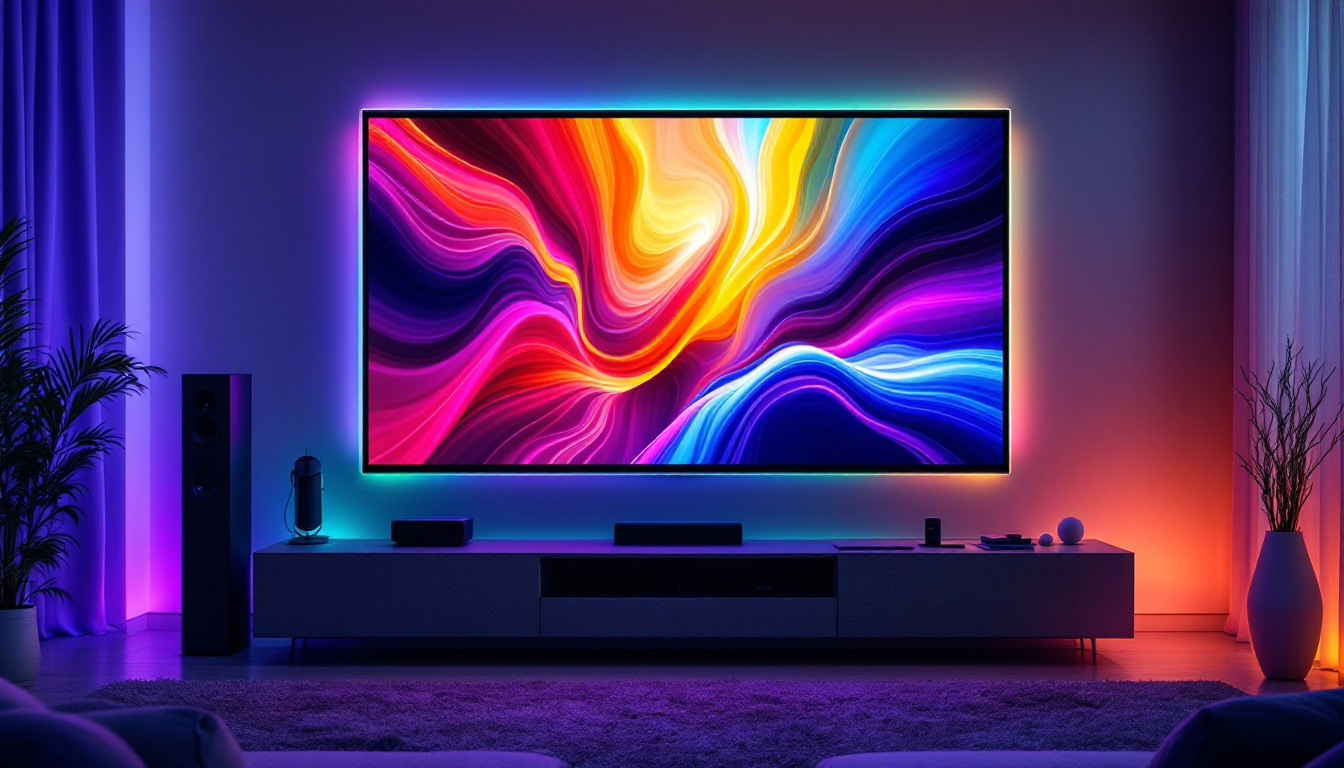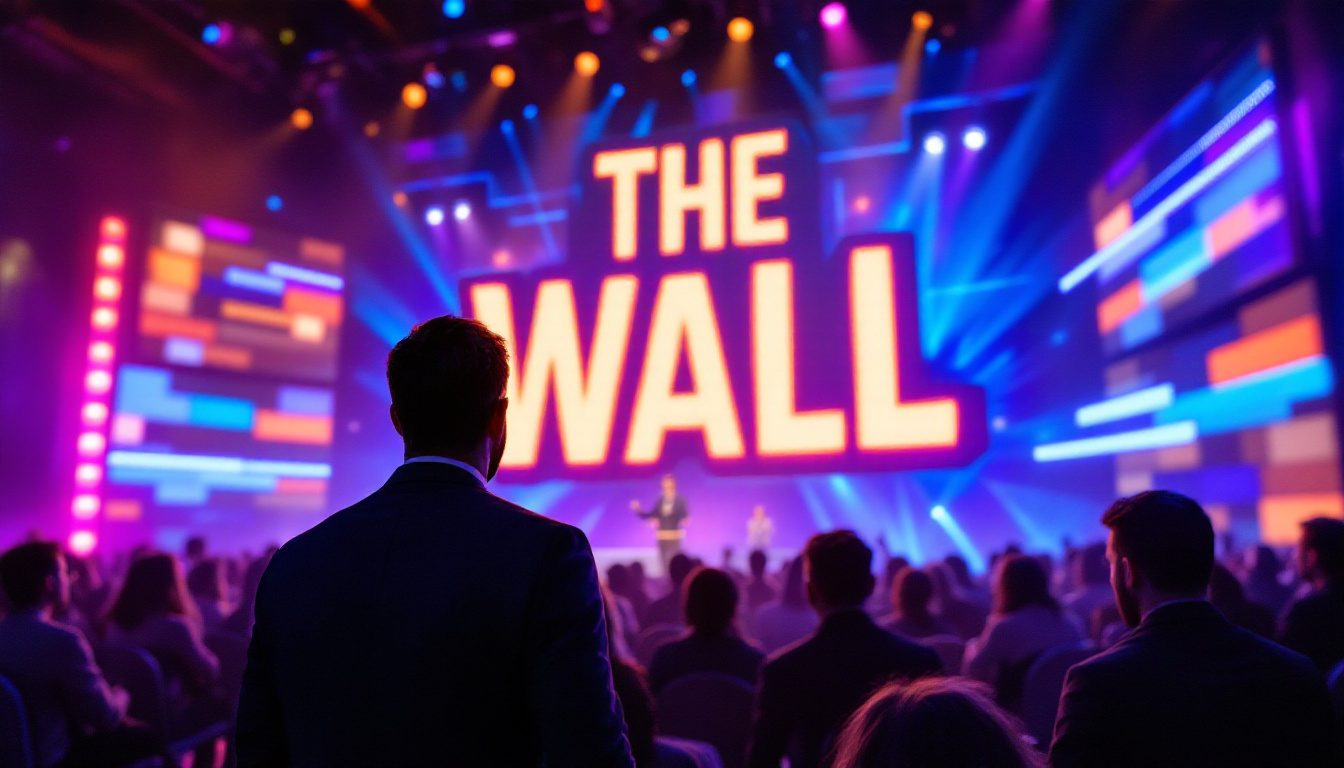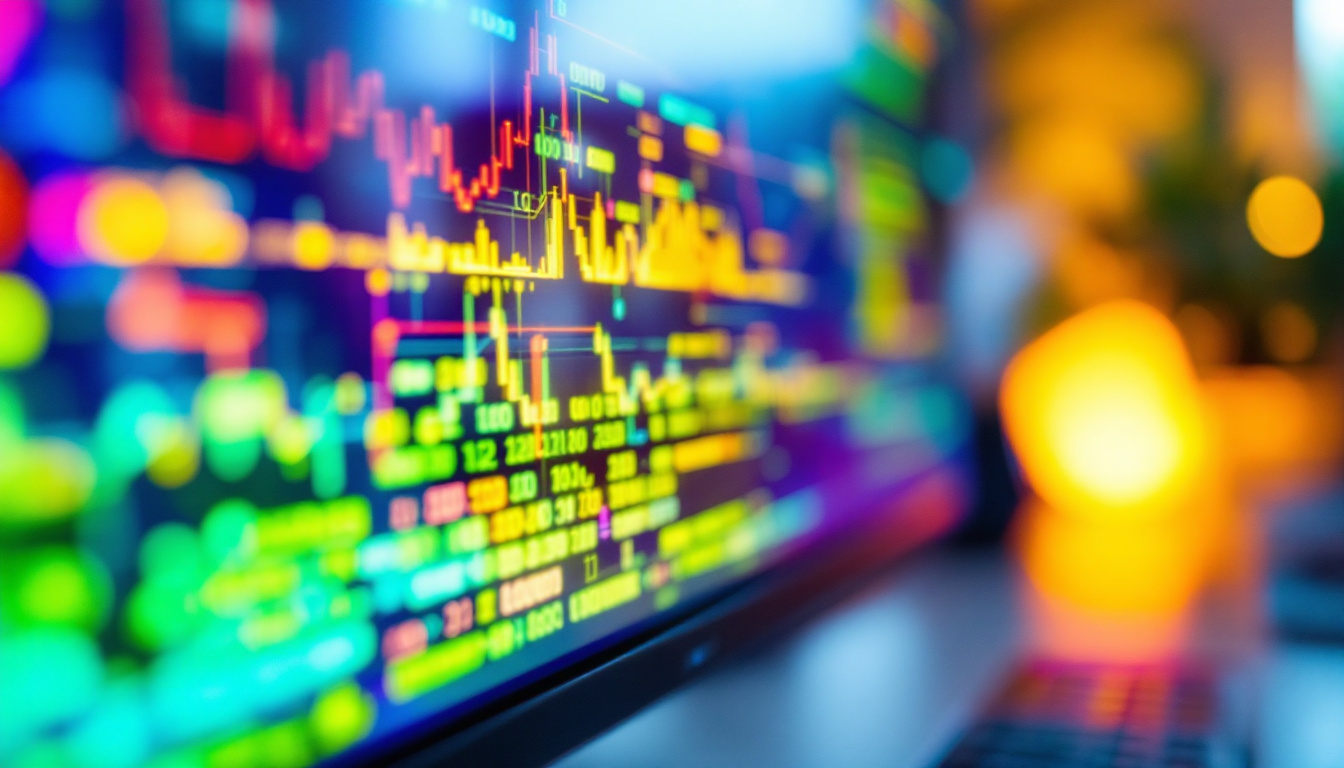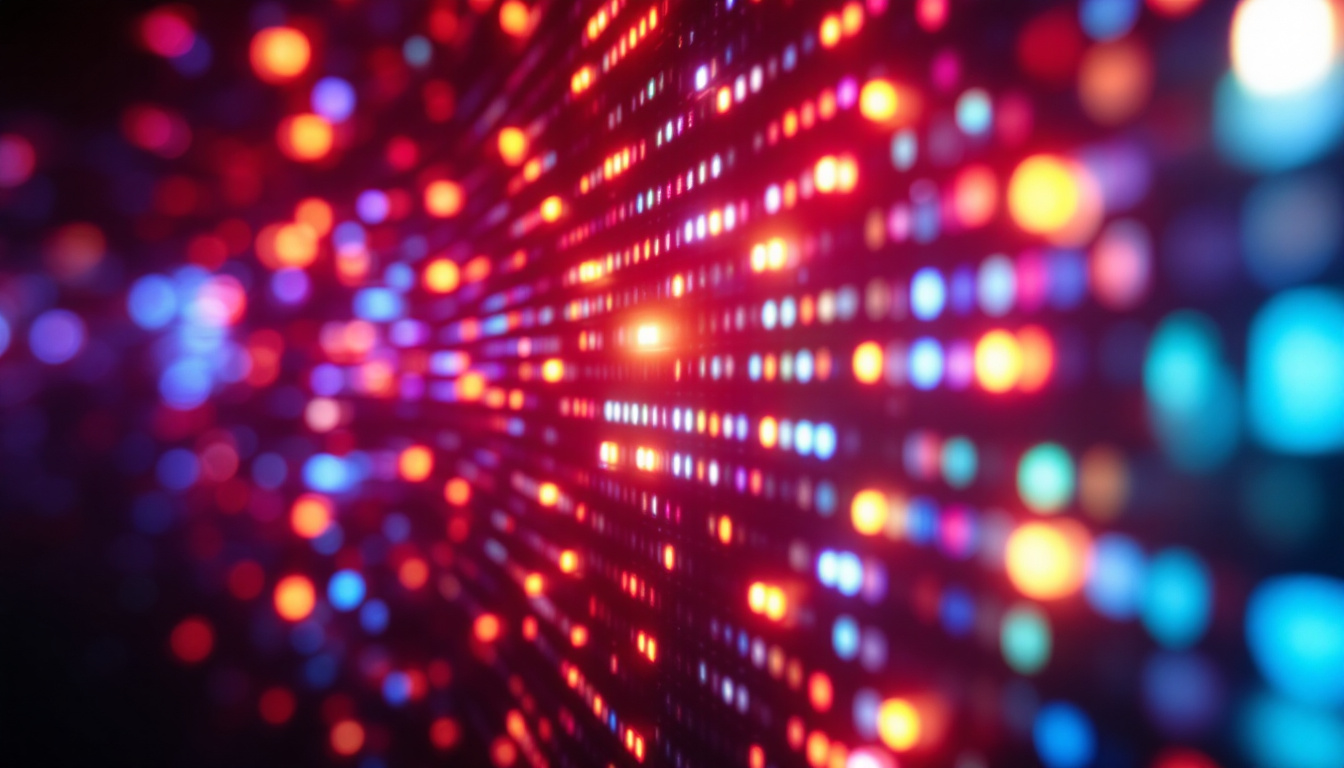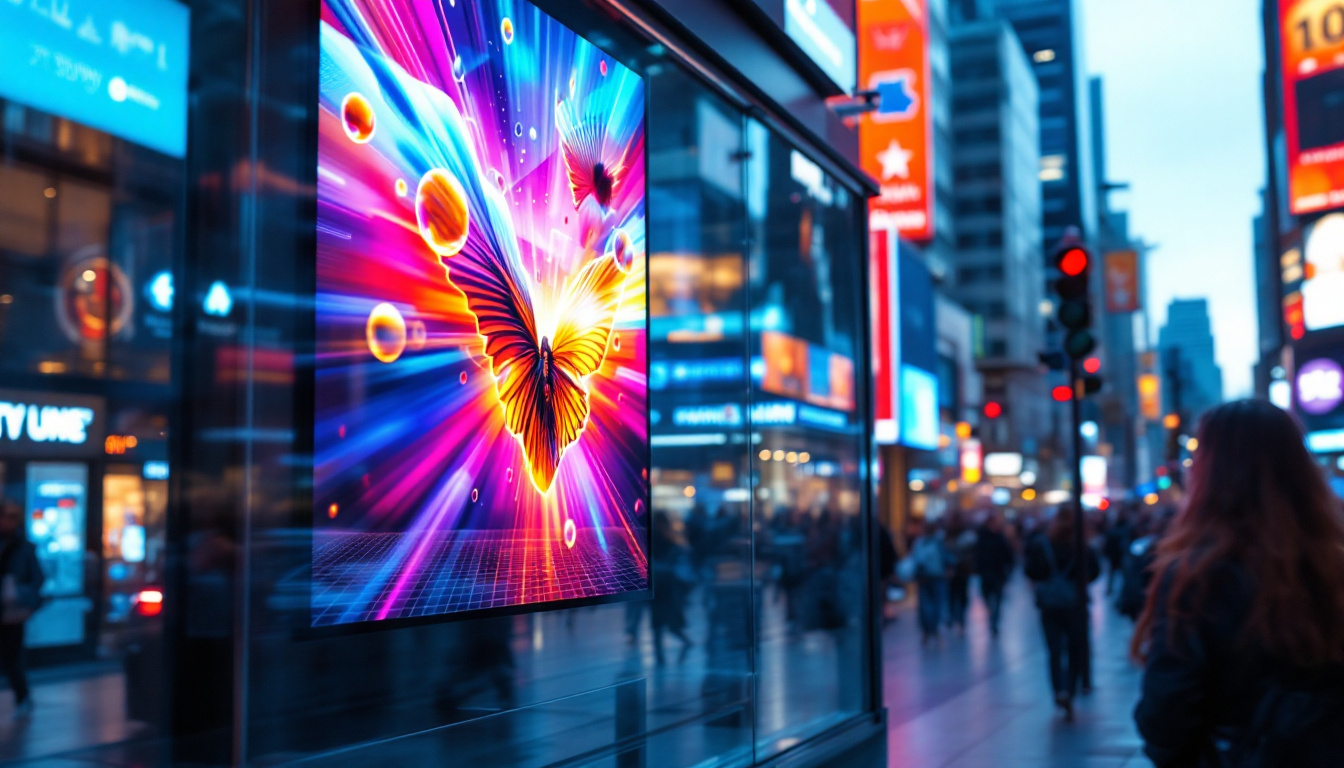In an age where visual communication is paramount, the roll-up LED screen has emerged as a powerful tool for businesses and event organizers. These portable displays offer flexibility, vibrancy, and a level of engagement that traditional signage simply cannot match. This article delves into the intricacies of roll-up LED screens, exploring their technology, applications, advantages, and considerations for potential users.
Understanding LED Technology
LED, or Light Emitting Diode, technology has revolutionized the way we perceive visual media. Unlike traditional display technologies, LED screens utilize small diodes that emit light when an electric current passes through them. This results in bright, energy-efficient displays that can be used in a variety of settings. The shift from older technologies like incandescent bulbs and fluorescent lights to LEDs has not only enhanced the quality of visual output but has also contributed significantly to energy conservation efforts worldwide.
How LED Displays Work
At the core of an LED display are thousands of tiny diodes arranged in a grid. Each diode can emit different colors, and when combined, they create a full spectrum of hues. The screens are typically divided into pixels, with each pixel consisting of red, green, and blue diodes. By adjusting the intensity of each diode, the screen can produce a wide array of colors and images. This precise control over color and brightness is what sets LED technology apart, allowing for stunning visuals that can captivate audiences in any environment.
This technology allows for high-resolution displays that can be viewed from various angles, making them ideal for both indoor and outdoor use. Additionally, LED displays are known for their longevity and durability, often lasting thousands of hours with minimal degradation in quality. The ability to withstand harsh weather conditions and extreme temperatures further enhances their appeal for outdoor applications, where traditional displays may fail. Furthermore, the low heat emission of LEDs means they can operate efficiently without the need for extensive cooling systems, reducing overall operational costs.
Types of LED Displays
There are several types of LED displays, each designed for specific applications. The most common types include:
- Direct View LED: These displays are made up of individual LED modules that create a large screen. They are often used for outdoor advertising and large events, providing vibrant visuals that can be seen from great distances.
- LED Video Walls: Composed of multiple smaller screens, video walls can create a large, cohesive display. They are commonly used in concerts, conferences, and sports events, where dynamic content and real-time video feeds enhance the viewer experience.
- Roll-Up LED Screens: These portable displays are designed for easy transport and setup, making them perfect for trade shows, presentations, and temporary advertising. Their flexibility allows businesses to adapt to various environments quickly, ensuring that they can always deliver impactful messages to their audience.
In addition to these common types, there are also specialized LED displays, such as transparent LED screens that allow for creative advertising while maintaining visibility through the display. These innovative designs are increasingly popular in retail environments, where they can showcase products without obstructing the view of the store. Another emerging trend is the use of flexible LED displays, which can be bent and shaped to fit unique spaces, opening up new possibilities for artistic installations and architectural designs. As technology continues to evolve, the applications for LED displays are becoming more diverse, further solidifying their place in modern visual communication.
The Rise of Roll-Up LED Screens
Roll-up LED screens have gained popularity for their convenience and versatility. Their design allows for easy transportation and quick setup, making them a favorite among marketers and event planners. The ability to display high-quality visuals on a portable screen has transformed how businesses approach advertising and presentations. As technology continues to evolve, these screens have become more sophisticated, integrating features such as touch interactivity and connectivity with various devices, further enhancing their appeal in a fast-paced digital world.
Key Features of Roll-Up LED Screens
Roll-up LED screens come with several features that enhance their usability:
- Portability: The lightweight design allows users to easily carry and set up the screen in various locations.
- Quick Setup: Roll-up screens can be deployed in minutes, making them ideal for events where time is of the essence.
- High Resolution: Many roll-up LED screens offer high-definition displays, ensuring that visuals are sharp and engaging.
Additionally, many models now feature built-in speakers and wireless connectivity options, enabling seamless integration with laptops, tablets, and smartphones. This technological advancement means that users can not only display content but also control it from a distance, making presentations more dynamic and interactive. Furthermore, some roll-up LED screens are designed to be weather-resistant, allowing for outdoor use without compromising the quality of the display, thus expanding their usability in various environments.
Applications of Roll-Up LED Screens
The versatility of roll-up LED screens makes them suitable for a wide range of applications:
- Trade Shows: Businesses can showcase their products and services effectively, attracting more visitors to their booths.
- Corporate Events: Presentations and speeches can be enhanced with dynamic visuals, keeping the audience engaged.
- Outdoor Advertising: Roll-up screens can be used for temporary promotions, allowing businesses to reach a larger audience.
Moreover, educational institutions have begun to adopt roll-up LED screens for seminars and workshops, providing an engaging way to present information to students. These screens can easily be moved between classrooms or outdoor spaces, allowing for flexible learning environments. In the entertainment industry, event organizers utilize these screens for concerts and festivals, where they serve as eye-catching backdrops that enhance the overall experience for attendees. The adaptability of roll-up LED screens is reshaping how information is shared across various sectors, making them an indispensable tool in today’s visual communication landscape.
Advantages of Using Roll-Up LED Screens
Investing in roll-up LED screens offers numerous advantages that can significantly impact marketing and communication strategies.
Enhanced Visibility
One of the most significant benefits of roll-up LED screens is their visibility. The brightness of LED displays ensures that content is easily seen, even in brightly lit environments. This makes them particularly effective for outdoor events or trade shows where competition for attention is fierce.
Cost-Effectiveness
While the initial investment in LED technology may seem high, the long-term savings are substantial. LED screens consume less power compared to traditional displays, leading to lower energy costs. Additionally, their durability means less frequent replacements, further saving on expenses.
Dynamic Content Display
Roll-up LED screens allow for dynamic content changes, enabling businesses to update their messaging in real-time. This flexibility is particularly useful for events where information may need to be altered frequently, such as schedules or promotions.
Considerations for Choosing Roll-Up LED Screens
While roll-up LED screens offer numerous benefits, there are several factors to consider before making a purchase.
Screen Size and Resolution
Choosing the right screen size and resolution is crucial for maximizing impact. Larger screens may be necessary for outdoor events, while smaller screens might suffice for intimate gatherings. Additionally, higher resolution screens provide clearer images, which is essential for detailed graphics and text.
Durability and Weather Resistance
For outdoor use, it is vital to select roll-up LED screens that are weather-resistant. Look for screens that can withstand various environmental conditions, including rain and extreme temperatures. This ensures that the display remains functional and visually appealing regardless of the weather.
Ease of Use and Setup
Consider the ease of setup and operation when selecting a roll-up LED screen. Some models come with user-friendly interfaces and quick setup features, making them ideal for users who may not have technical expertise. Additionally, check for portability features, such as lightweight materials and carrying cases.
Best Practices for Using Roll-Up LED Screens
To maximize the effectiveness of roll-up LED screens, adhering to best practices is essential.
Content Creation
High-quality content is key to engaging an audience. Use vibrant images, concise text, and clear branding to create compelling visuals. Consider the audience’s attention span and ensure that messages are easily digestible.
Placement and Positioning
Strategically positioning the roll-up LED screen can significantly impact its effectiveness. Place the screen in high-traffic areas where it is easily visible. Additionally, consider the height and angle of the screen to ensure optimal viewing for all attendees.
Regular Updates
Keep the content fresh and relevant by regularly updating the information displayed on the screen. This not only keeps the audience engaged but also ensures that the messaging aligns with current promotions or events.
Future Trends in Roll-Up LED Technology
The evolution of roll-up LED screens is ongoing, with several trends shaping their future.
Integration with Smart Technology
As technology advances, roll-up LED screens are increasingly being integrated with smart technology. This includes features such as remote control, real-time content updates via apps, and data analytics to track viewer engagement.
Improved Energy Efficiency
Future roll-up LED screens are expected to be even more energy-efficient, utilizing advanced technologies to reduce power consumption. This not only benefits the environment but also lowers operating costs for businesses.
Enhanced Interactivity
Interactivity is becoming a significant trend in display technology. Future roll-up LED screens may incorporate touch capabilities or augmented reality features, allowing users to engage with the content in innovative ways.
Conclusion
Roll-up LED screens represent a significant advancement in visual communication, offering businesses and event organizers a versatile, engaging, and effective way to convey messages. With their portability, dynamic content capabilities, and high visibility, these displays are transforming the landscape of advertising and presentations.
As technology continues to evolve, the potential for roll-up LED screens will only grow, making them an essential tool for any organization looking to enhance its visual communication strategies. By understanding the technology, applications, and best practices, businesses can leverage roll-up LED screens to maximize their impact and achieve their marketing goals.
Discover LumenMatrix’s Innovative LED Solutions
Ready to elevate your visual communication with cutting-edge technology? Look no further than LumenMatrix, a pioneer in LED display innovation. From captivating Indoor and Outdoor LED Wall Displays to dynamic Vehicle and Sports LED Displays, our solutions are designed to make your brand shine. Experience the future of digital signage with our Custom, All-in-One, and Transparent LED Displays, crafted to engage your audience like never before. Don’t miss the opportunity to transform your messaging with unparalleled clarity and impact. Check out LumenMatrix LED Display Solutions today and step into a world of vivid visual storytelling.


